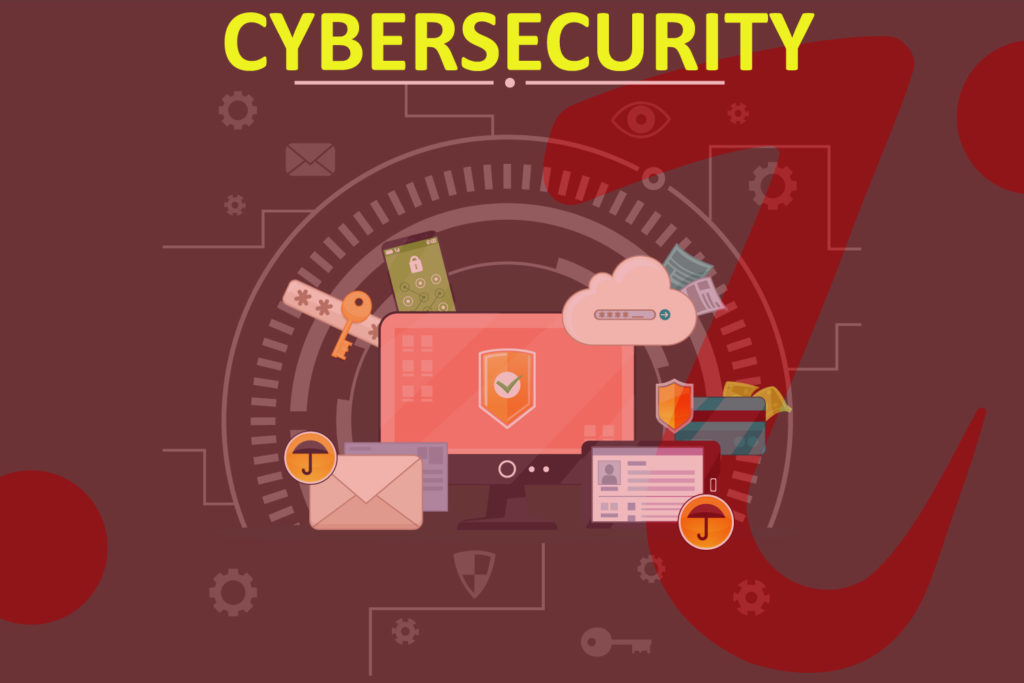Enterprise Security Best Practices : 10 steps to shield your organization from cyber threats

Enterprise security is essential for safeguarding both your data and your company. The following ten enterprise security best practices should be used to keep your company secure. The prevalence of threats to cybersecurity can compromise the security of your organization’s data and cause serious ramifications. Therefore, it is important to take adequate measures to safeguard your organization from online attacks.
Here are the top 10 tips that can help strengthen the security of your enterprise
Protect your hardware
Data breaches due to stolen devices are quite common, it is essential to secure your company’s hardware. Make sure the servers and network devices are housed in a guarded space and accessible only to designated professionals. Regularly checking the hardware for any potential tampering can also help in detection of any foul play by intruders.
Software Updates
Keeping all your company software updated can mitigate security risks. Postponing updates can expose your organization to the latest online threats because the updates might have patches to deal with system vulnerabilities.
Since new threats emerge on a regular basis, your software should be equipped enough to combat them. Although they might cost you a penny, however, the latest software products are worthwhile investments considering the potential loss due to cyber-crimes.
Stringent Password Policy
Since hacking passwords is an easy way to enter your organization’s online world, using strong passwords that are not easily guessable need to be made mandatory. Employees must also change their passwords periodically.
There should be clear rules to discourage password sharing or inadvertent revelation of passwords. Passwords must never be written down on paper because it might fall in the hands of people with ill-intention who intends to gain unauthorized access to your information.
Network security
Make sure to monitor your network constantly and create logs that can help identify suspicious activity. Since the virus in one device can crawl through and shut the entire network down, hence one must make sure to scan every device connected to the company network.
Restricting the use of external devices is also crucial because that can be used to not only export information but also bring in malware or other malicious software. Encrypting all data and regular automated backups can prevent data loss in the event of a harmful intrusion.
Employee Awareness
Your company should foster an environment of employee awareness, discussing the significance of threats to cybersecurity and the damage that can be caused to your organization. Employees need to be educated about the best practices to follow while logging in to the company online. Services like PhishGrid helps with education and simulation training which ensure that employees adhere to security protocols.
Firewall and Anti-Virus
Installing the latest security software can help protect your organization against Trojan horses and ransomware. Most anti-virus software might not be robust enough to detect the newer strains of malware that can create havoc in your network. Therefore, investing in buying firewall software that can prevent the entry of such perilous software into your company network is advisable. Installing specialized security applications that target malware can also help nip such security threats in the bud.
Being up to Date
Reading magazines and news articles about malicious software and constantly doing the rounds can help you devise an appropriate plan to counter the threats. Network security professionals need to know of the latest threats and efficient ways to banish them.
Admin Access
Granting admin privileges to only qualified professionals can minimize security risks. Make sure that network control is managed by only a handful of employees who are accountable for data security. Constantly monitoring user activity and auditing logs can help in preventing accidental exposure to threats to cybersecurity.
Unsecured Networks and Unsecured Sites
Access to unsecure websites within the organization must be curtailed. All employees connected to the network need to be aware of ways to identify potential dangerous websites. Telecommuting employees need to be informed of the perils of related to unsecure networks for logging in to the organization’s servers. Implementing Virtual Private Networks (VPNs) can help create a secure channel of communication between the company’s website and the remote employee.
Incident Management
A well-equipped Incident management system needs to be in place to curb the ill effects of an attack immediately after its occurrence. Incident management professionals are needed to be trained in disaster recovery procedures and should facilitate business continuity.
The company must be ready to provide a prompt incident response to limit the consequences of an attack. Speedy efforts to take remedial action and quarantining affected systems can help restrict the spread of malware. Employees must also be instantly notified about actions to be taken to avert the crisis.
Conclusion
Fighting against malware that can sneak into your organizational network unannounced is a constant battle. Therefore, diligent efforts are needed, to effectively manage your company online and defend it from hackers. By following the aforementioned tips, you can fortify and enhance the security of your enterprise and guarantee its smooth functioning without any interruption.






